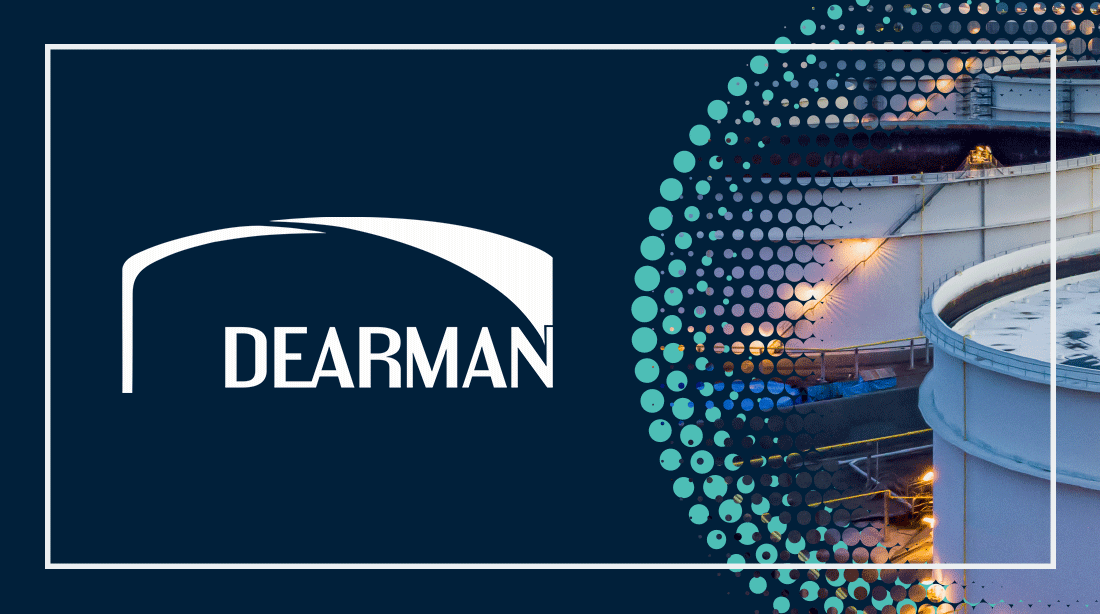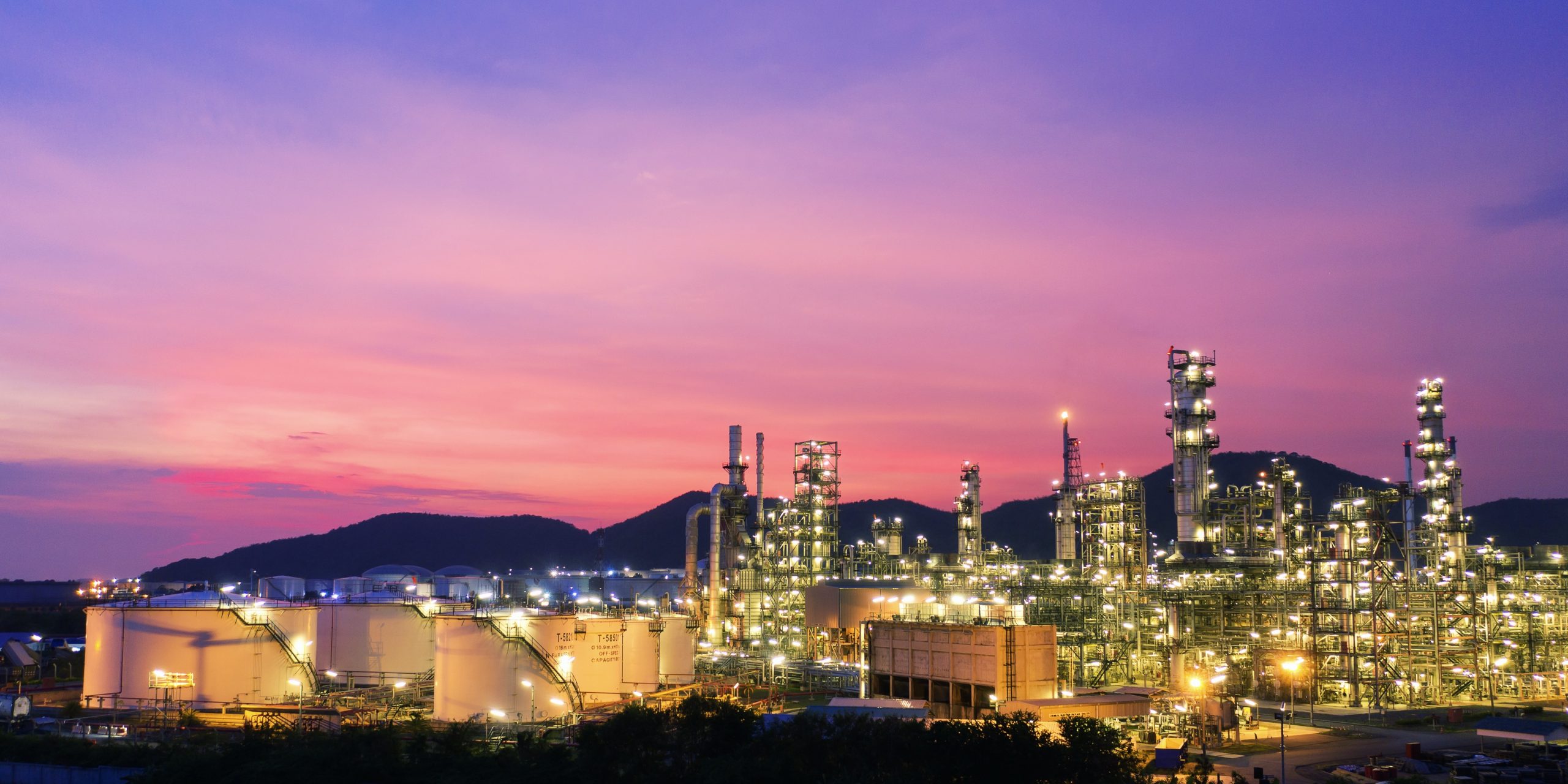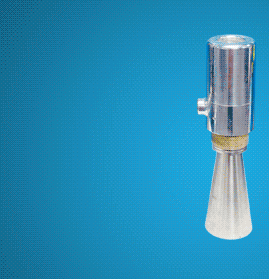As the world begins to recover from the COVID-19 pandemic in most areas, the demand for oil and gas has increased exponentially. Prices have risen, demand is strong from the transportation industry, and consumers are beginning to travel again.
Supplies are also increasing thanks in part to new technologies that have led to unconventional drilling in previously unexplored areas. Also promoting growth in this market are reductions in the cost of operations resulting in higher profits. It is estimated that global demand for oil will be 104 million barrels of oil per day (MMbbl/d) by 2025, after demand fell to 91 million MMbbl/d in 2020.
The Philippines’ oil and gas industry has benefited from the resurgence in demand, after suffering an extreme plunge of up to 70 percent in 2020. As quarantine restrictions eased, demand increased, but the country still relies on importing to meet its internal needs.
With a stronger economy and projected population growth within the country, major Philippines oil and gas companies will need to implement a variety of pipeline projects to expand their production capabilities. The government is also providing increased support for the exploration and production of oil and gas, which encourages companies to invest in the Philippines.
Today the Philippines has only two active petroleum fields: Galoc, an offshore field in the Northwest Palawan Basin, and Alegria, an onshore field in the Province of Cebu. The country’s Department of Energy is working with a company called Searcher Seismic to assess more than 5,000 miles of the East Palawan Basin for fresh hydrocarbon potential.
The Philippines currently imports about 52 percent of its oil consumption, which was 222,133 barrels per day in 2016, the last year that complete information was available. Their total oil reserves are less than what is needed for a single year of consumption at 156,585,000 barrels, making them highly dependent on oil imports.
For more information visit www.gov.ph












